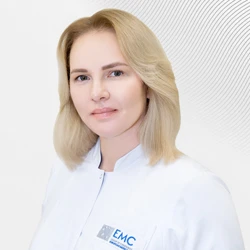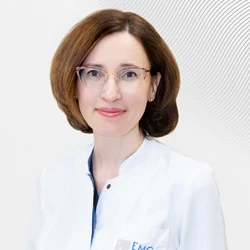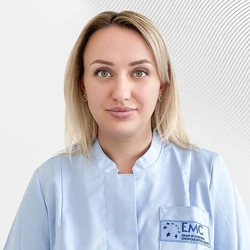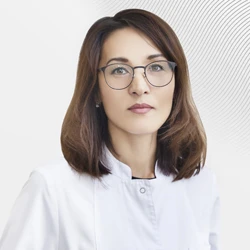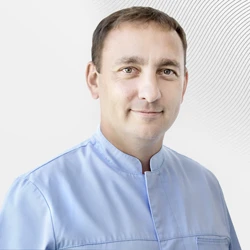It is often possible to hear the opinion of experts that subependymal cysts detected during ultrasound of the infant's brain are a sign of a lack of oxygen suffered at the time of birth, an indication for drug treatment and require mandatory ultrasound (ultrasound) monitoring.
Is it so?
Subependymal cysts are quite often visualized during neurosonography (NG) of the brain (GM) in children of the first months of life.
These formations are small cavities containing cerebrospinal fluid (CSF), which are located under the membrane (ependyma) lining the cavities of the GM. They occur during childbirth as a result of damage to the walls of small vessels in newborns (usually no more than 1-2 pieces), from which there is a slight outpouring of blood, which is then processed by special cells, and the resulting void is filled with cerebrospinal fluid. Within a few months, the cyst walls collapse and it becomes invisible on the NG.
These tiny hemorrhages do not disrupt the structure of the functional zones of the GM, therefore they do not lead to neurological disorders. They do not require ultrasound monitoring, increased attention from a neurologist, and especially medication, because they disappear by themselves.
Parents are also often frightened by the small size of a newborn's fontanel. Because there is an opinion that this is a risk of its rapid closure and the development of intracranial hypertension. And therefore, taking vitamin D is contraindicated, since it accelerates the rate of closure of the fontanel.
I would like to immediately draw attention to the fact that there are no absolute norms for the size of the large fontanel (BR) and the rate of its closure in infants. On average, the closure of the BR occurs by the age of 12 months, but there are children in whom it disappears at 4 or 18 months. The claim that early closure of the fontanel will lead to increased intracranial pressure, since "the brain will have nowhere to grow," is completely groundless and has nothing to do with the laws of child development and growth. Even with the closure of the skull, the skull continues to grow due to the active division of bone cells located at the boundaries between the bones of the skull in the so-called sutures.
However, there are a number of diseases that are accompanied by craniosynestosis, a pathological early fusion of the sutures of the skull bones, which threatens to increase intracranial pressure. But these changes are usually diagnosed at birth, in the first days of life, and are of a genetic nature.
Considering all of the above, it becomes clear that the small size of the fontanel cannot serve as a reason for refusing vitamin D if there is a need to take it. The use of this drug in preventive and therapeutic doses has no effect on the rate of closure of the fontanel and, moreover, does not lead to overgrowth of the sutures of the skull and increased intracranial pressure.







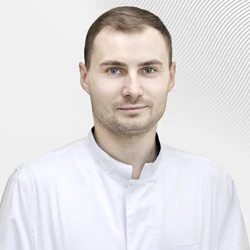
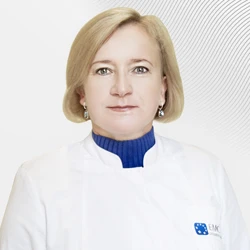
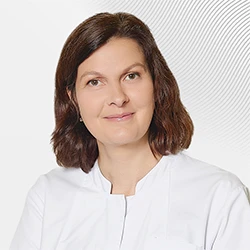

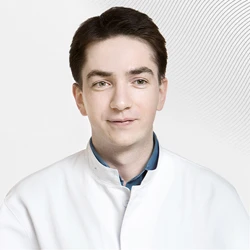
.webp)
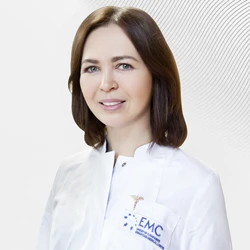
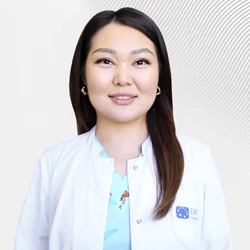
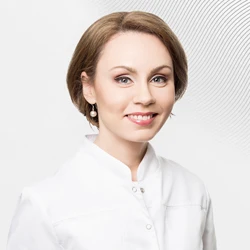

.webp)
